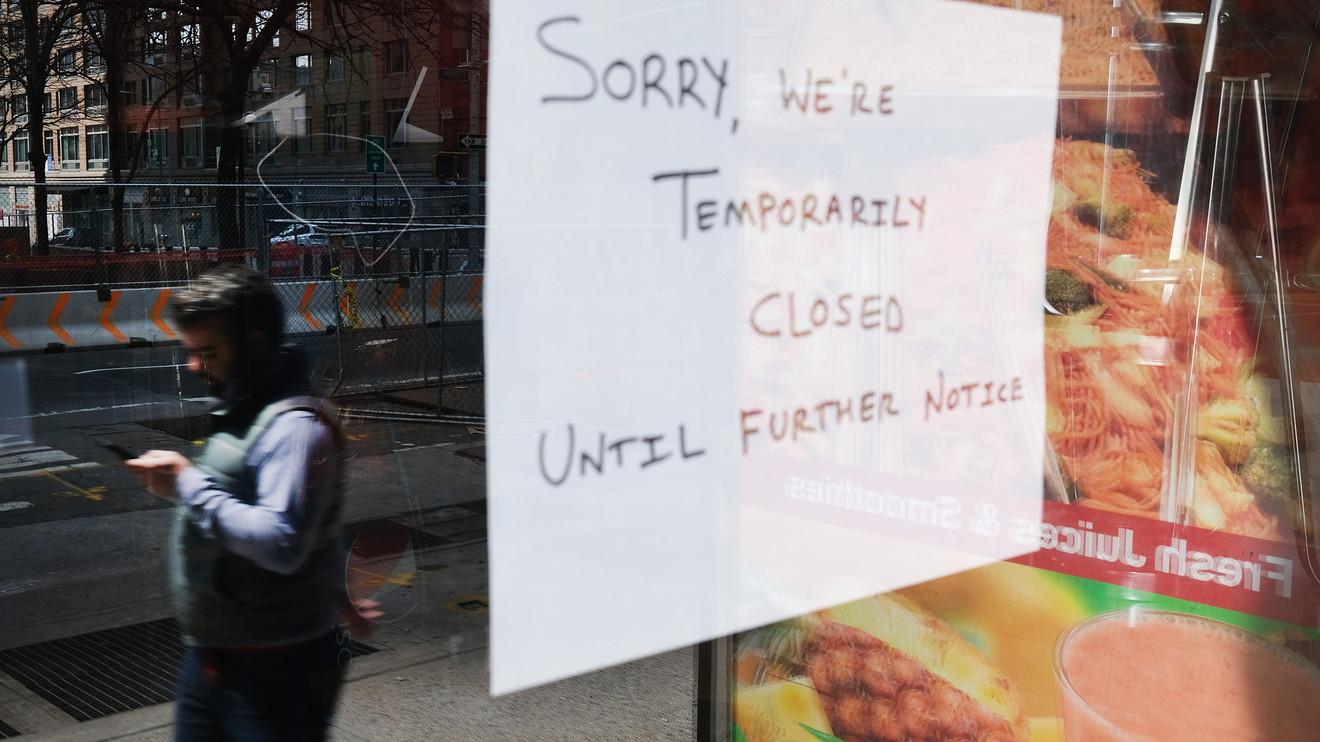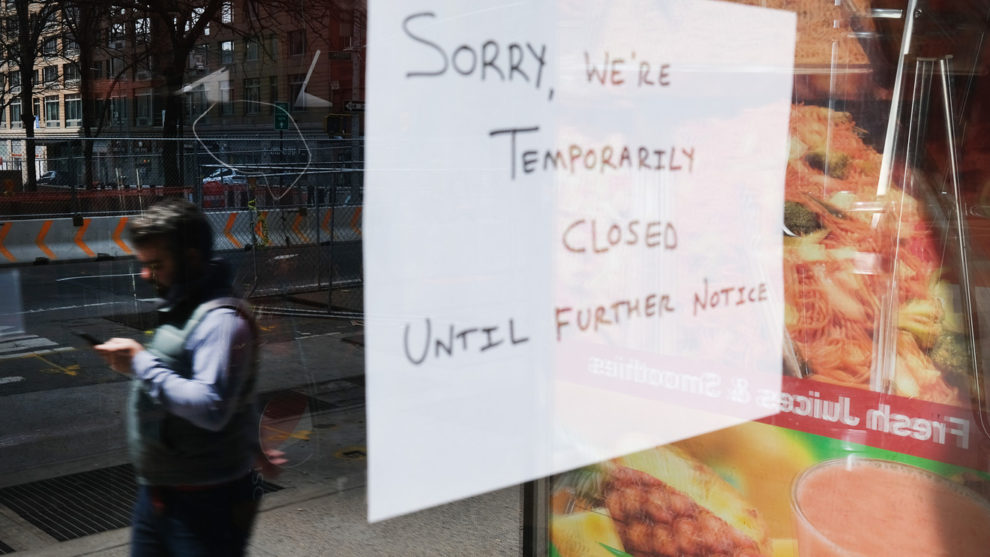
The coronavirus recession began with the biggest, fastest job cuts in modern times — 26 million added to the U.S. ranks of the unemployed in a month. The loss of income is extremely painful, but there are other damaging aspects of job loss as well. We can do more with policy to prevent them by encouraging employers to hold on to employees longer.
Cutting wages and hours of work while keeping workers on the rolls was a common strategy in the 1980s for dealing with business falloffs. The advantage: even if workers’ pay is cut, keeping the job makes it easier to retain their health-care coverage, to maintain work-based social contacts, and to keep the sense of purpose that a job provides. And it is much easier for employers to restart their businesses if they still have ties with employees.
Since then, the U.S. has done poorly in this regard, especially compared to other countries. The reason we see such a large increase in unemployment in the U.S. compared to other OECD countries has to do with how we in the U.S. deal with recessions in the labor market. When companies don’t do well, or as is the case in the current crisis they are simply out of cash to pay for wages, they lay off their employees who in turn can file for unemployment.
Lessons from the Germans
By contrast, consider the German system of “Kurzarbeit,” which was a major reason why the recovery from the Great Recession of 2008 was much faster there. Kurzarbeit is an agreement between the government, employers, and employees whereby employers promise not to fire employees who in turn agree to a cut in wages to around 60-80%. The government in return reimburses a large portion of compensation directly to the worker. In March alone, the rollout was vast and swift, with some 470,000 companies and 20% of the German labor force applying to this program. As one might expect, it was running with German efficiency within days.
Programs like this have all the advantages outlined above. The U.S. needs to do something fast if we want to keep any more employees from being laid off. The current approach where owners apply for loans to the Small Business Administration is cumbersome and slow. While waiting, many employers are cutting their workers loose.
Opinion:3 ways to ensure SBA aid for small businesses helps those who need it most
As with the Kurzarbeit program, we have some policies in place now that help keep employees in jobs. For example, furloughed workers who aren’t being paid but who have not been severed from their jobs can now collect unemployment insurance. Twenty-seven states have gone further and allow workers whose hours have been cut to tap into unemployment insurance — partial work, partial insurance.
What about a payroll tax credit?
Could a payroll tax holiday do even more? That is an option being discussed in many circles. The idea behind tax credits is that making it cheaper for employers to hire workers will mean they do more of it or, in the current situation, if it is cheaper to keep workers on, employers might retain more of them. The Employee Retention Tax Credit, which began March 12, is a straightforward example. The advantage of tax credits, as opposed to outright subsidies, is that if the employer doesn’t hire, or alternatively doesn’t retain the worker, there is no credit and no cost to the taxpayers, unlike more direct subsidies.
But a payroll tax credit has additional advantages in that it affects hiring directly and can begin immediately without waiting for the tax year to end. Because payroll taxes are collected every pay period, the credit would appear then as well. It was used to some good effect as part of the U.S. Great Recession recovery program. If we are going to do anything to retain employees, the sooner we implement the credit, the better while there are still employees to retain.
The details of implementation matter greatly to the outcome and involve political choices. Some are seeing the payroll tax credit as a way to help pump up employee paychecks, by having the credit go directly to the employees to help them pay their bills and also to stimulate demand. That may seem fair in that some component of those taxes is paid out of their paychecks. But the more the credit goes to employees rather than employers, the less incentive there is for employers to retain them, and retention is the immediate problem.
An even bigger choice is whether to apply a payroll credit or tax holiday to all employers, across-the-board. That is less complicated and avoids the lobbying frenzy that will come in deciding who should be covered by the policy. The downside is that it is a windfall to employers whose businesses are doing reasonably well now.
Bad things are happening so quickly in the economy, though, that the downside of wasting some tax benefits might be well worth the cost. Policy actions now should be like emergency room triage: stop the bleeding and worry about cleaning up the wounds later. Perfect is the enemy of the good: without swift action we risk missing the opportunity to save some jobs, worsening both the downturn and the recovery in the process.
Also read:Sinking U.S. economy hasn’t hit bottom yet
Iwan Barankay is an associate professor of business economics and public policy at the University of Pennsylvania’s Wharton School. Peter Cappelli is the George W. Taylor Professor of Management at Wharton and director of Wharton’s Center for Human Resources.











Add Comment